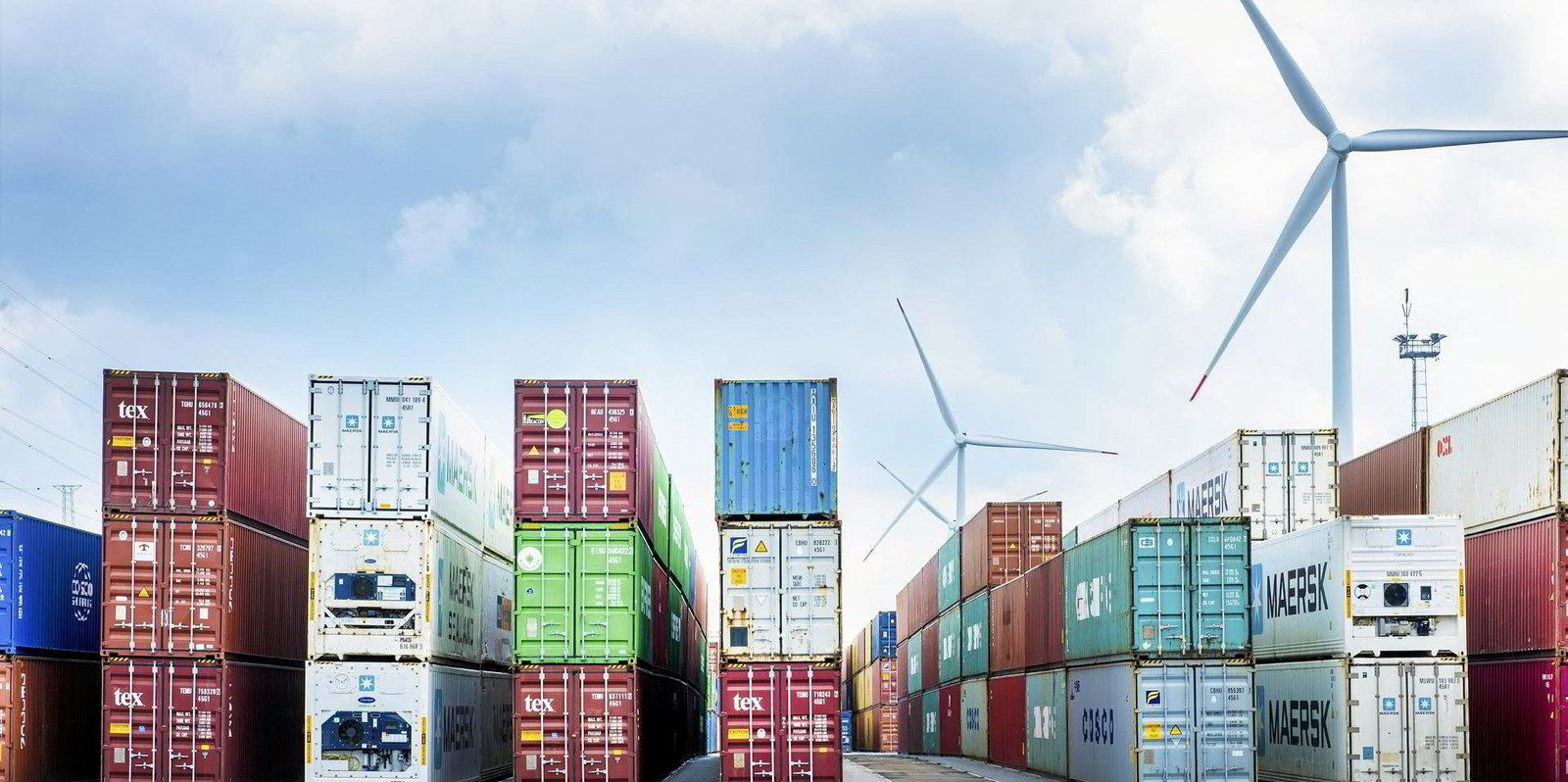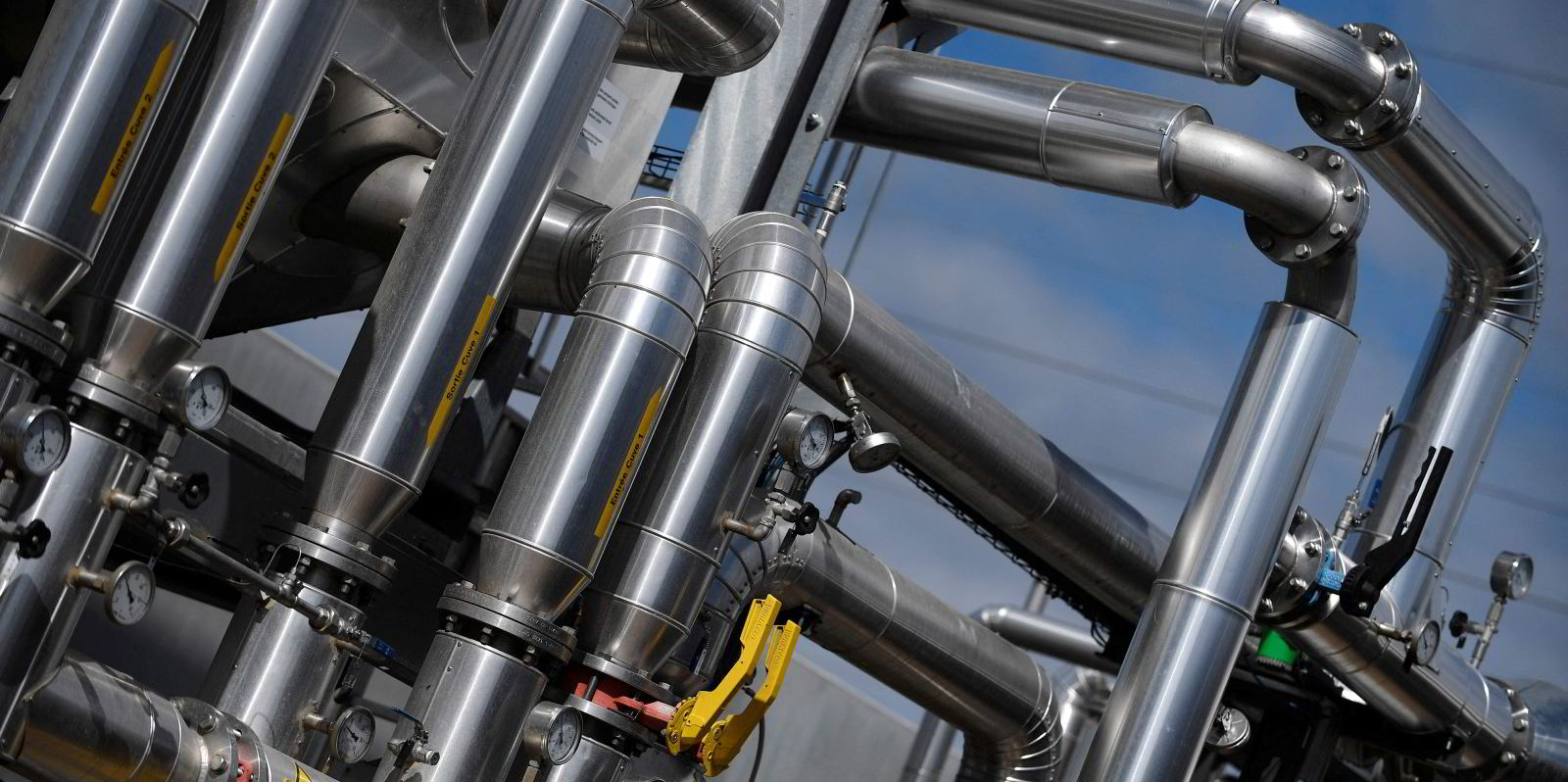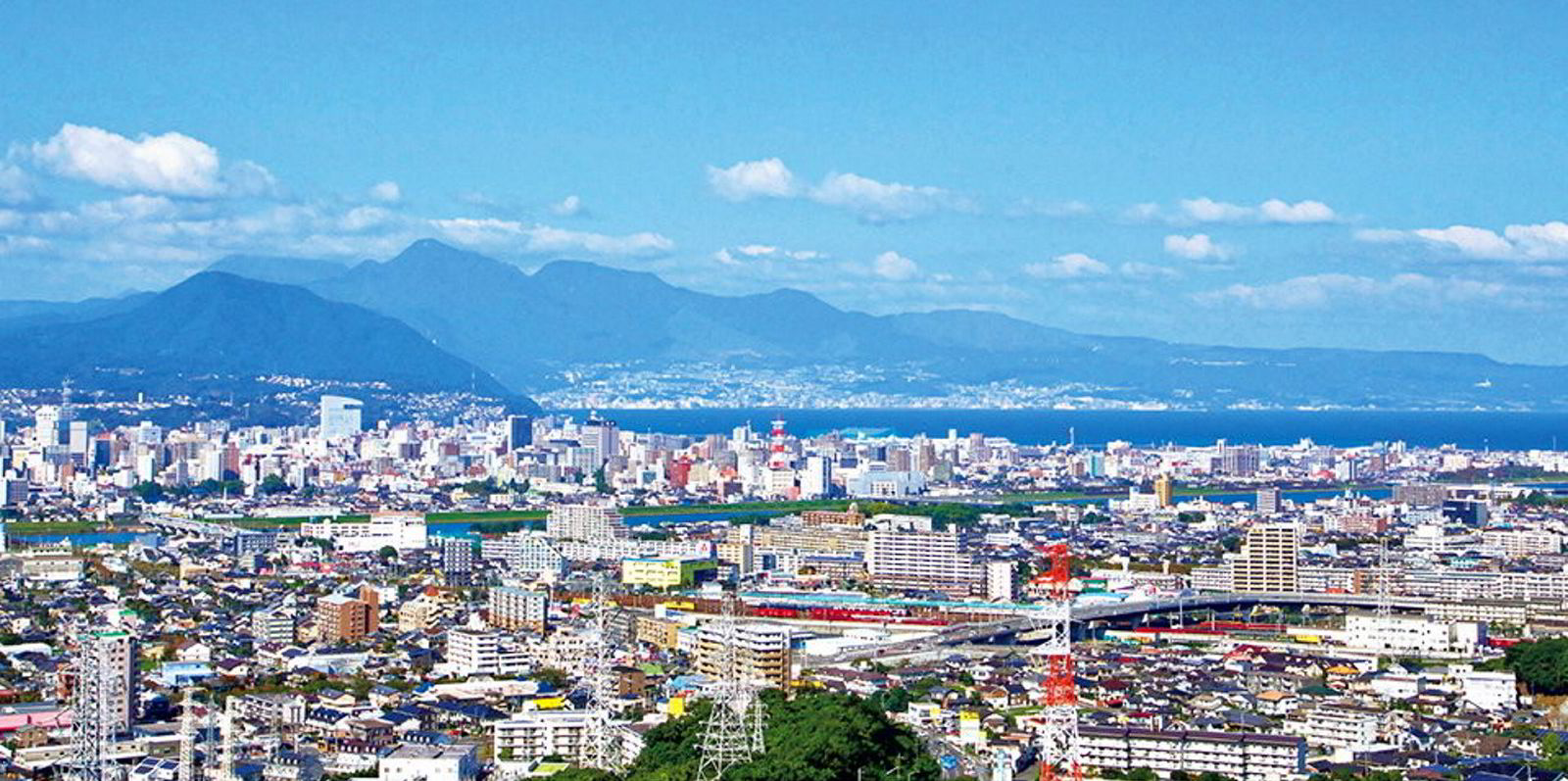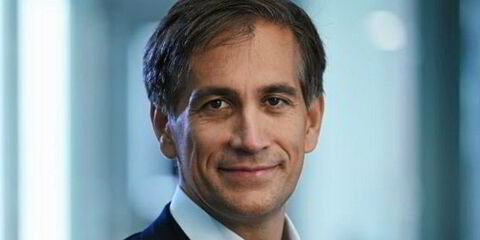If trying to evaluate which lower-carbon fuel for new ships is a problematic choice for owners, it is also a conundrum for port operators that will need to invest in bunkering facilities.
It is a question at the forefront of Enoma Woghiren’s mind as head of health, safety, security and environment in Europe for DP World, which handles about 70,000 vessels per year in more than 80 terminals transporting 10% of the world’s container traffic.
DP World’s answer is to adopt a “Swiss cheese” approach that layers various solutions like putting slices on top of each other so the holes in the cheese get smaller.
The first slices involve working with what the group already has in place, increasing electrification of terminals and moving cargo from ports by train rather than trucks.
“Our approach is to decarbonisation like a Swiss cheese, where we layer the different pieces one on top of each other so that holes become covered,” he said.
“Electrification of the terminal is key, and we are focusing on process efficiencies.”
Up to 65% of containers can be transported by rail from Rotterdam — Europe’s biggest port — to its hinterland, but it can be more difficult in other places.
DP World’s Southampton terminals can move 30% of containers out by rail and Woghiren said London Gateway has that as a target. Both can handle the longest freight trains in the UK, replacing 76 trucks.
He added that using hydrotreated vegetable oil (HVO) as a drop-in fuel has cut diesel-attributed carbon emissions by more than 80% in Southampton.
Moves like this can help port users cut their emissions or encourage wider supply chain or infrastructure developments outside of terminals — as in the case of rail carriage of containers.
Electrification, using energy from renewable sources, has included the construction of wind turbines in Antwerp and DP World has budgeted for plans to develop roof-based solar systems at six terminals in Europe next year.
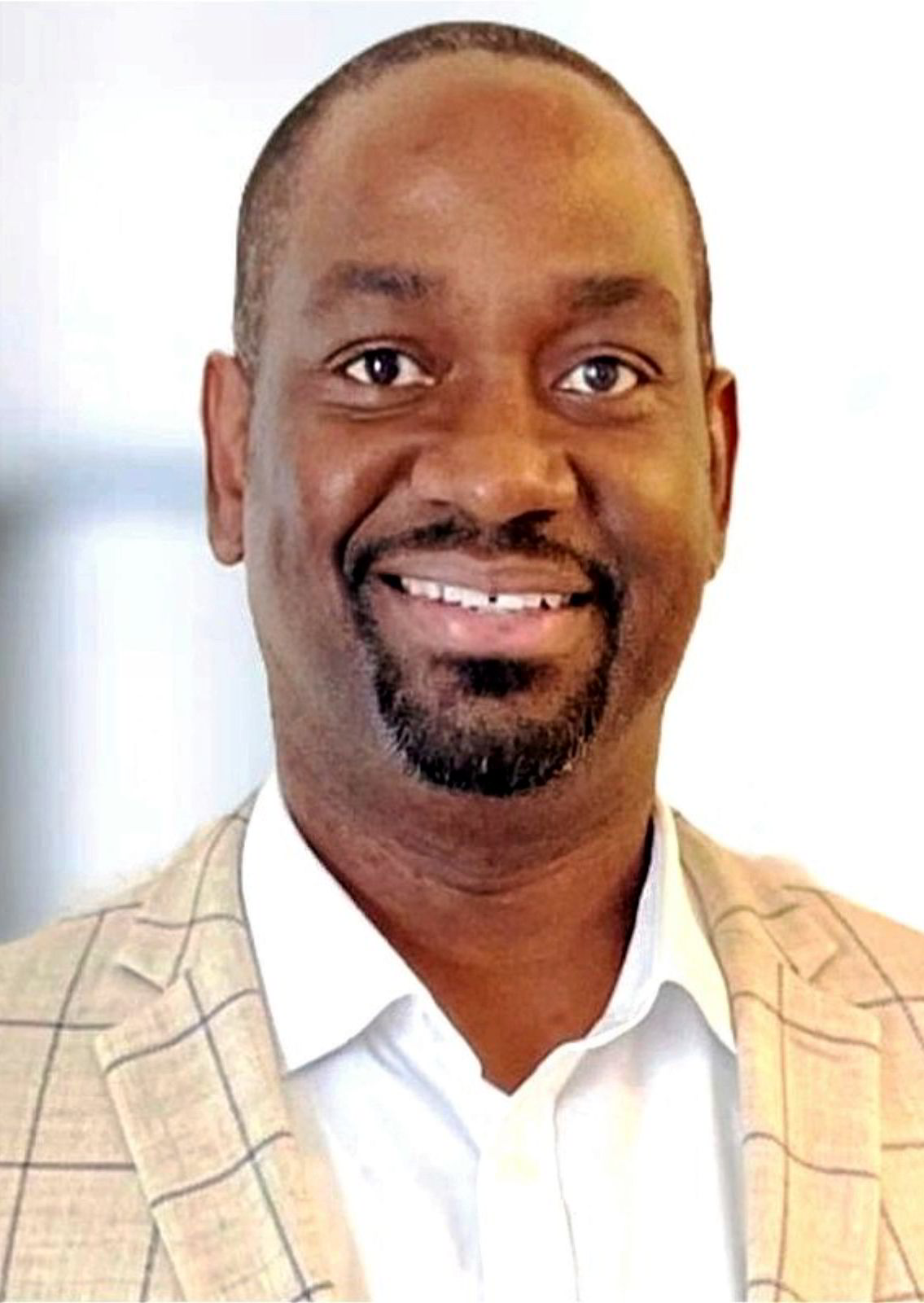
Projects can be dependent on local conditions. The supply of HVO is good in northern Europe but Woghiren said it is less easily guaranteed in places such as Turkey. Electric tractors for moving containers around terminals become more viable with renewable electric supplies.
Collaboration is more important when it comes to developing facilities for future alternative fuels such as green methanol or ammonia.
DP World has joined the Maersk Mc-Kinney Moller Center for Zero Carbon Shipping and will make specialists available to help research into achieving a target of net zero by 2050 for supply chains.
Woghiren said he sees a leadership role from port authorities in ensuring availability of compatible zero-carbon fuels at ports around the world once technological, production and regulatory developments have progressed.
He added that the group’s Rotterdam Gateway terminal is currently carbon neutral with the use of offsetting, but has committed to a target of being carbon neutral without it by 2024.
“We want to exhaust all the available options before we look at carbon compensation but, in many cases, the technologies are not available and so we will support offsetting as a way of reaching where we want to go,” he said.
But it is a last resort, and over time he sees the holes in the Swiss cheese getting smaller.
